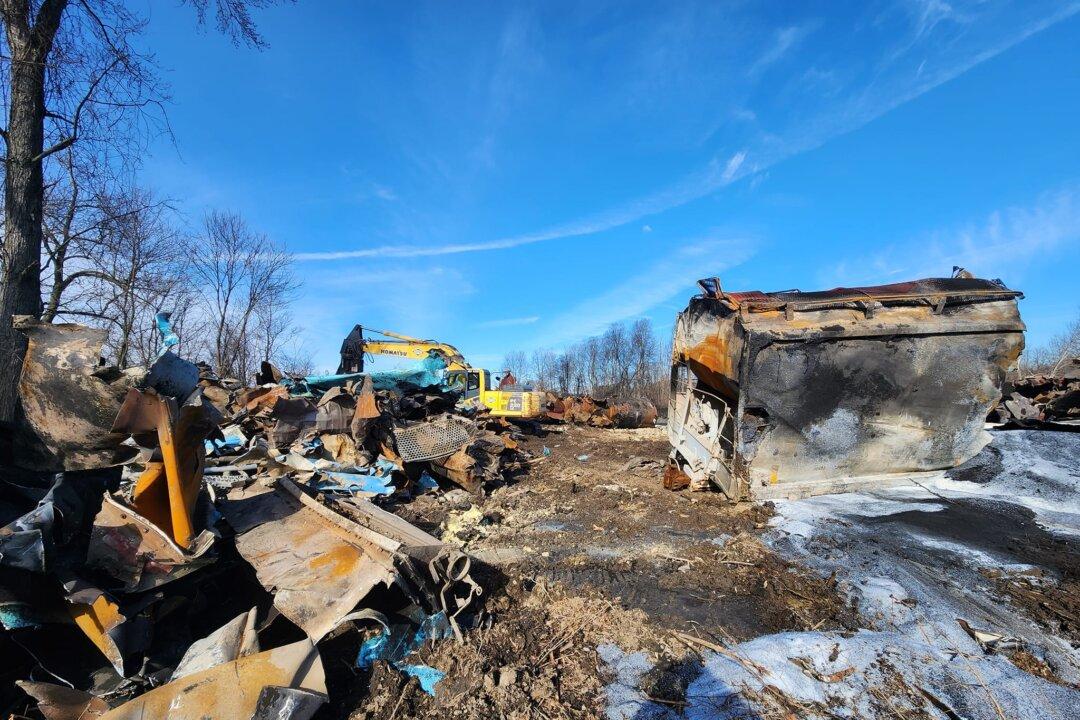An overheated wheel bearing is what caused the Feb. 3 derailment of a Norfolk Southern train carrying hazardous chemicals in East Palestine, Ohio—an incident that was “100 percent preventable,” according to National Transportation Safety Board (NTSB) Chair Jennifer Homendy.
“Every event we investigate is preventable,” Homendy noted at a Feb. 23, press conference in Washington. “Know that the NTSB has one goal, and that is safety and making sure this never happens again.”





